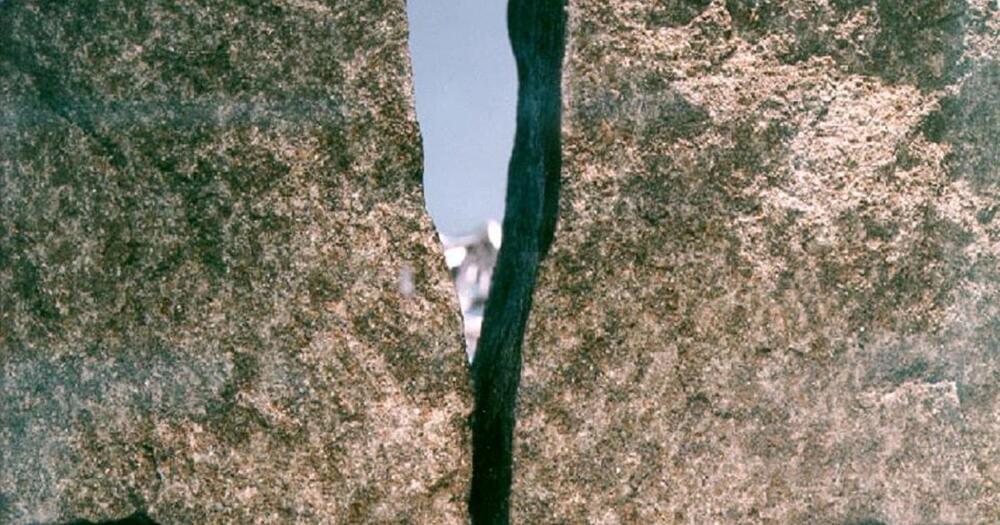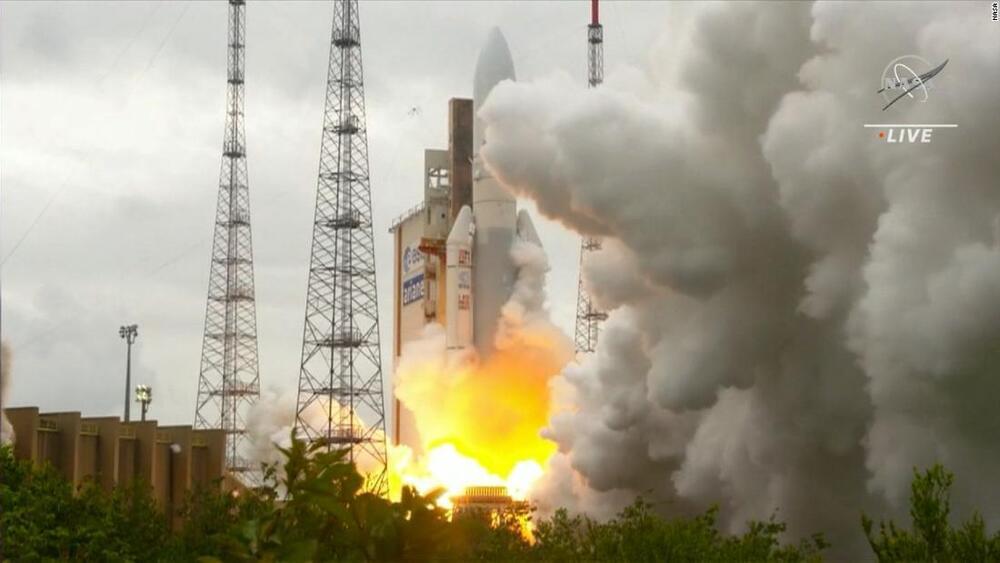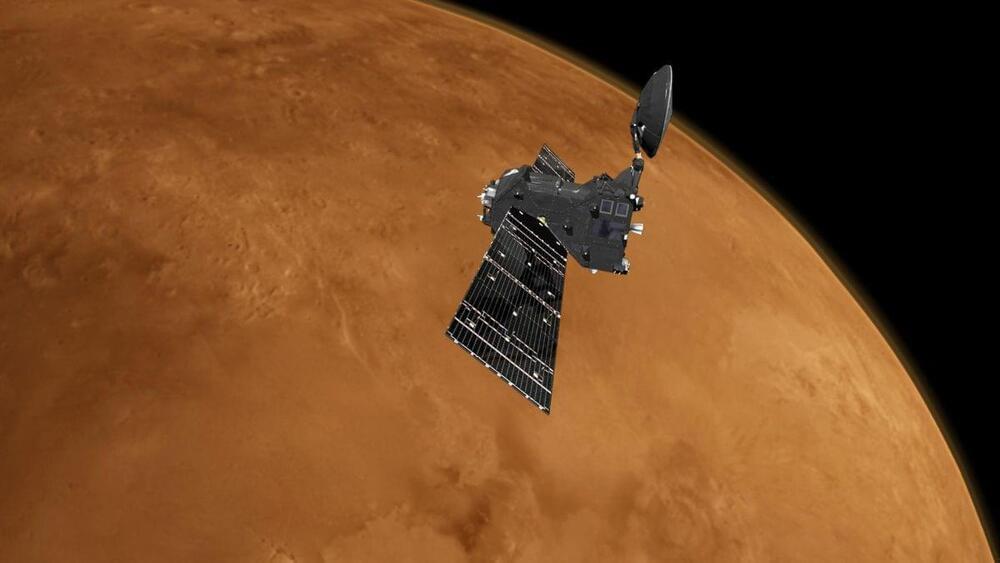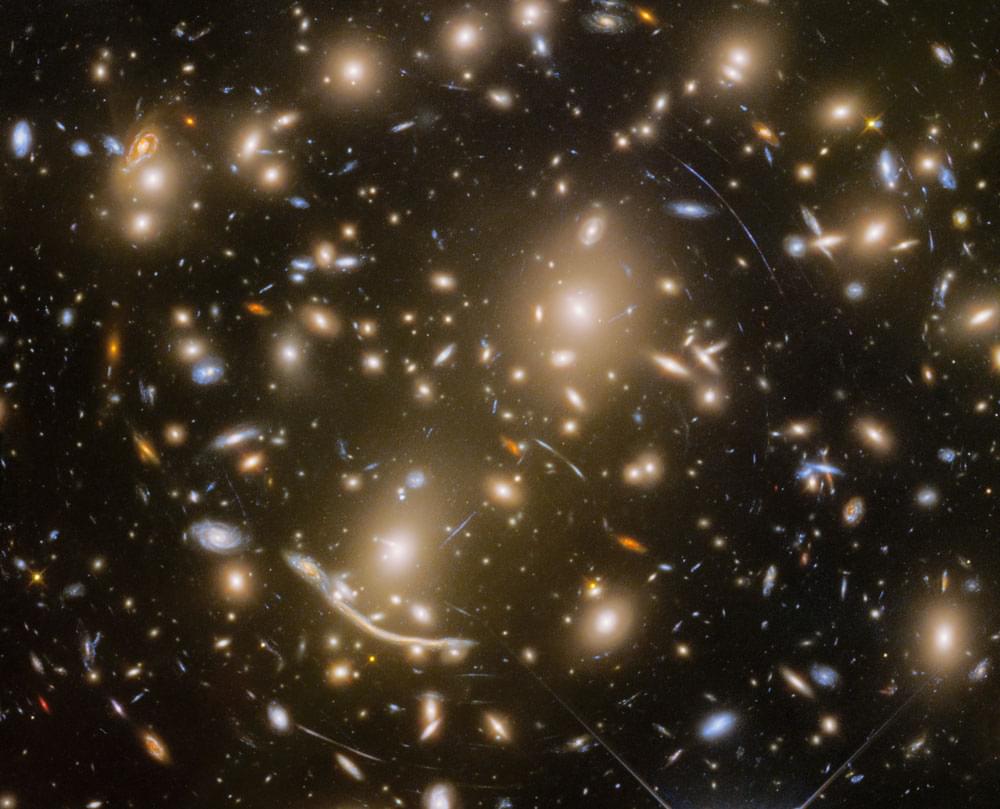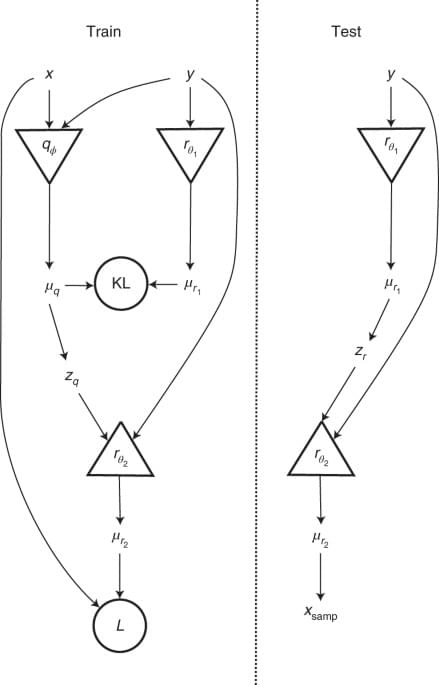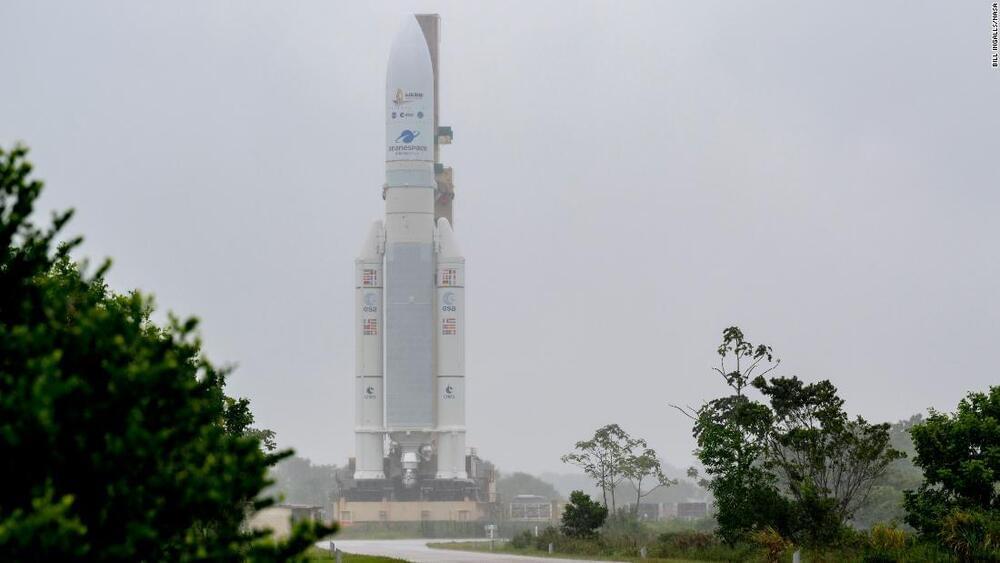Astronauts on the International Space Station shared a festive message for people on Earth as they prepare to spend the holidays in orbit.
Expedition 66 crew members, including NASA astronauts Raja Chari, Thomas Marshburn, Kayla Barron, and Mark Vande Hei, ESA astronaut Matthias Maurer, and Roscosmos cosmonauts Anton Shkaplerov and Pyotr Dubrov, will be celebrating Christmas aboard the orbiting lab this year. The crew shared a special holiday message on Twitter, explaining what Christmas means to each of them and reflecting on childhood memories spent with family.

